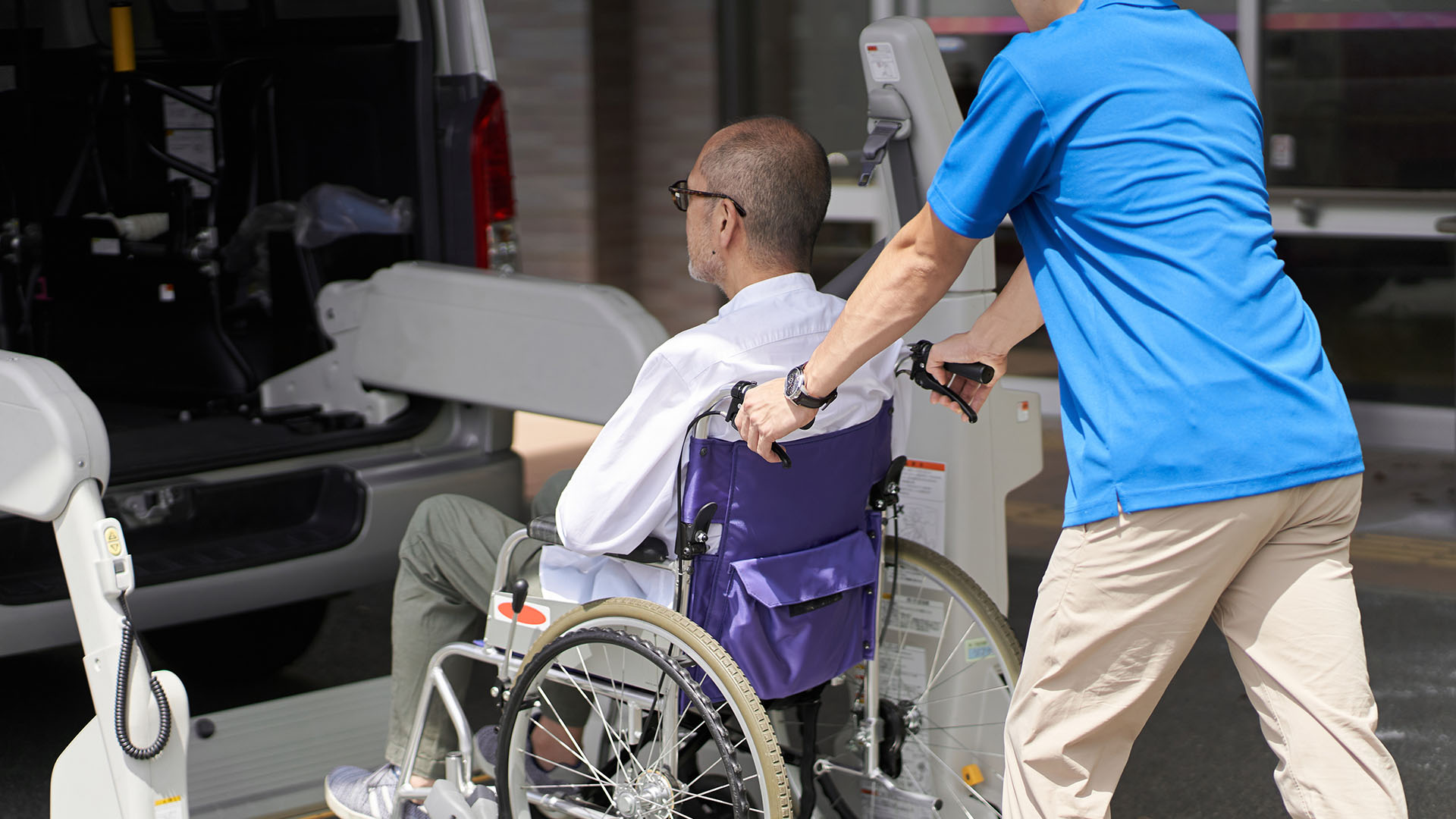Coordinating Transportation to Dialysis: Challenges and Best Practices

For nursing home residents living with End-Stage Renal Disease (ESRD), dialysis is a non-negotiable aspect of survival. However, getting to and from dialysis treatments, often three times a week, is one of the most logistically challenging aspects of their care. As nursing home staff, you are on the front lines of ensuring this process goes smoothly.
When transportation breaks down, it doesn’t just delay care, it can lead to hospitalizations, emotional distress, and serious health complications. This blog explores the common challenges and offers proven strategies for improving dialysis transportation coordination in your facility.
Understanding the Transportation Burden
Dialysis transportation isn’t simply a ride, it’s a process that requires coordination, communication, and preparation. Here are some of the most common hurdles nursing homes face:
Missed or Delayed Appointments
Missed dialysis treatments can result in fluid overload, high potassium levels, fatigue, confusion, or even death. Unfortunately, transportation issues are a frequent cause of these missed treatments. According to the National Kidney Foundation, nearly half of dialysis patients rely on others for transportation, and many miss treatments due to no-shows or scheduling problems.
Resident Exhaustion and Functional Decline
Dialysis is physically draining, and travel can significantly increase that fatigue. Long waits in lobbies or transportation vans, cold or hot weather exposure, and bumpy rides in shared transit can exacerbate frailty and increase fall risk when residents return.
Scheduling Conflicts
Dialysis centers operate on strict timetables, and so do nursing homes. If there is a delay in transportation, the dialysis center may need to reschedule or shorten treatment time, compromising care. Conversely, late returns may interfere with medication timing, meals, therapies, or rest periods.
Communication Breakdowns
Poor communication between transportation companies, dialysis centers, and nursing home staff can cause missed connections or confusion over appointment times, especially when dialysis schedules change or there are early discharges from treatment.
Equipment and Accessibility Challenges
Not all residents use standard wheelchairs or mobility aids. Some require stretcher transport or specialized equipment, which adds complexity. In rural areas, these resources may be limited or unavailable on short notice.
Best Practices for Dialysis Transportation Management
Here are practical, staff-centered strategies to improve outcomes:
Designate a Transportation Coordinator
Assign a specific staff member, often from social services or nursing, to oversee all dialysis transportation. This person should:
- Maintain a master schedule of dialysis appointments.
- Be in regular contact with the dialysis facility and transportation provider.
- Troubleshoot real-time delays or cancellations.
- Serve as the communication bridge between all parties.
Build Relationships with Trusted Providers
Not all transportation providers offer the same reliability or professionalism. Choose non-emergency medical transportation (NEMT) providers with:
- Experience in dialysis transport.
- Reliable response times.
- Appropriate safety equipment for fragile or wheelchair-bound residents.
- Clear communication protocols with your facility.
Create Individualized Transportation Care Plans
Each resident receiving dialysis should have a transportation care plan included in their chart that outlines:
- Pick-up and drop-off times.
- Transportation provider and contact info.
- Mobility needs and any special equipment required.
- Escorts or supervision needed during transport.
Establish a Dialysis Transportation Binder or Log
Keep a centralized binder or digital log that tracks:
- Resident names, appointment times, and transportation providers.
- Any delays or missed appointments (with reasons).
- Notes from staff about resident tolerance, concerns, or changes.
This becomes a valuable tool during audits, care plan meetings, and quality reviews.
Support Residents Emotionally and Physically
Recognize that frequent dialysis and transportation is tiring and stressful. Help by:
- Ensuring easy access to water, warm blankets, or snacks before/after transport (within dietary restrictions).
- Offering quiet rest periods upon return.
- Talking with residents about their dialysis experiences to identify unspoken concerns.
Subscribe to the Qsource Blog
Get emailed articles, guides, and updates.



